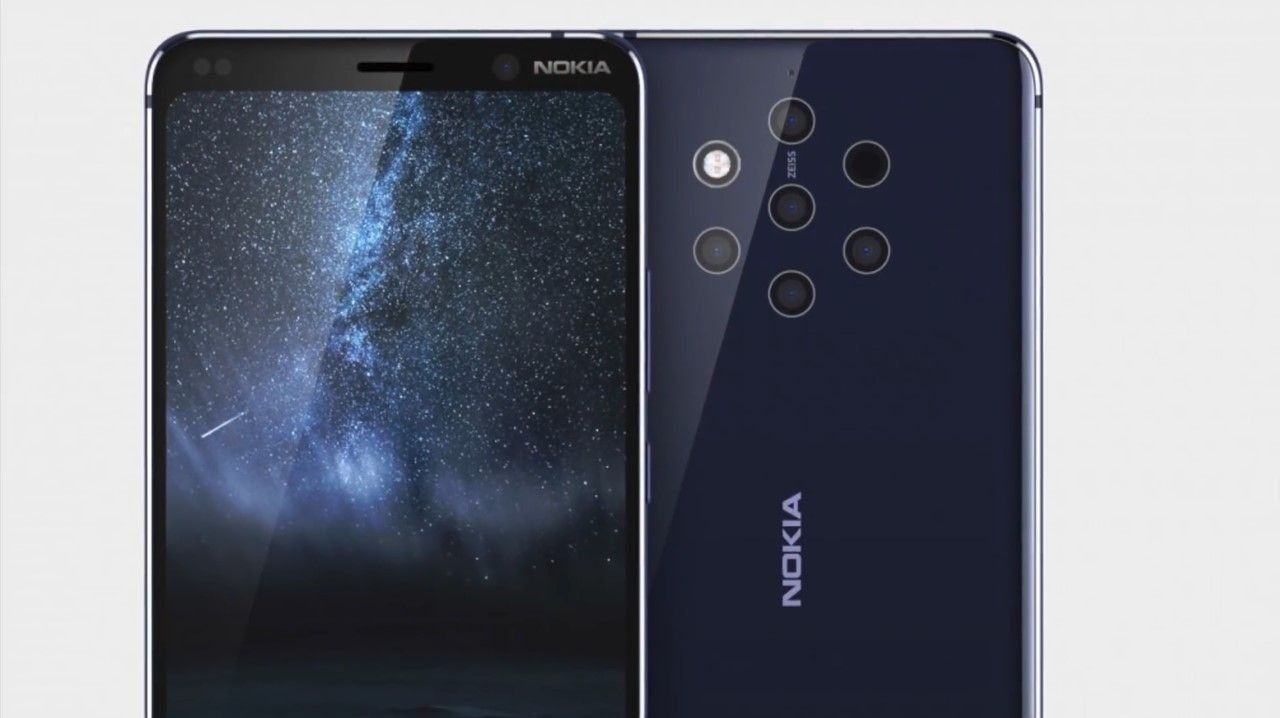Rating of the best PNY graphics cards in 2020
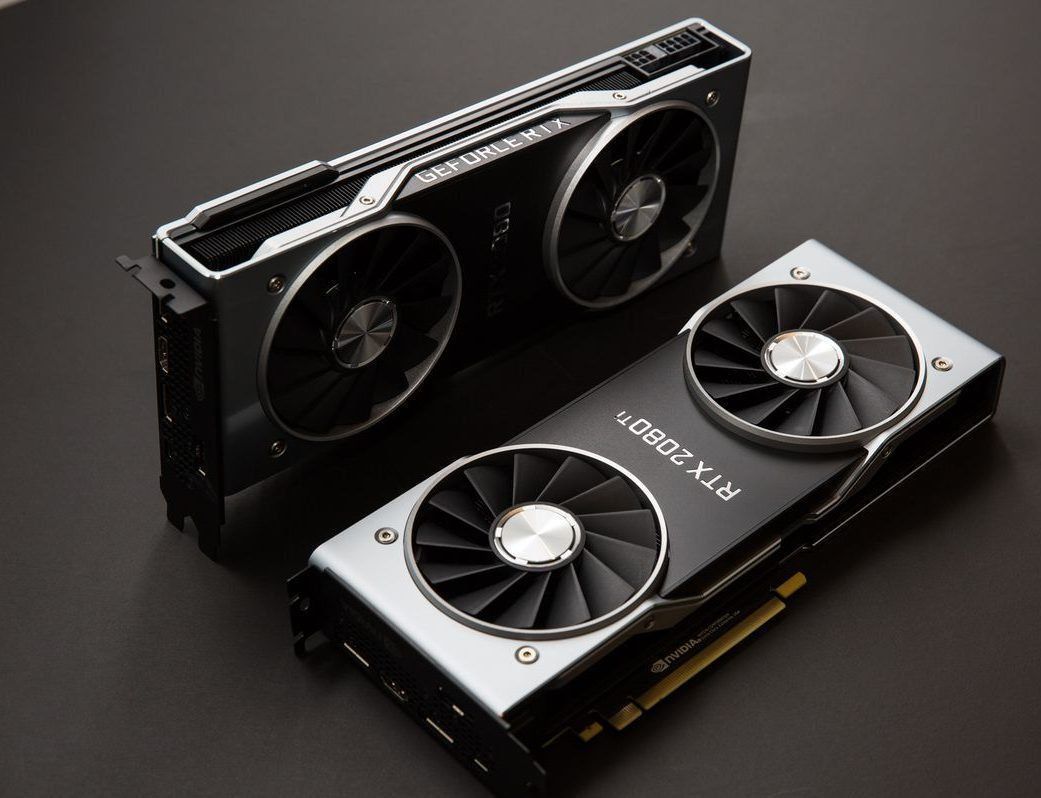
PNY is known around the world as a supplier of a wide range of industrial memory devices, graphics cards and mobile accessories that meet stringent quality and reliability standards. The supplier's portfolio contains a huge list of standard and commercial products. It includes solid-state drives, graphics cards, RAM modules, removable storage, and a wide range of mobile accessories.
Despite the wide range of products, the company is also known in the world as a supplier of models of video cards of the NVIDIA trademark:
- Tesla;
- Quadro;
- GeForce.
The company does not have its own production plants and is an intermediary between consumers and manufacturers. Why the manufacturers of video accelerators chose PNY is still not clear. PNY company represents the products of manufacturers in the USA, as well as in Russia and the CIS countries.
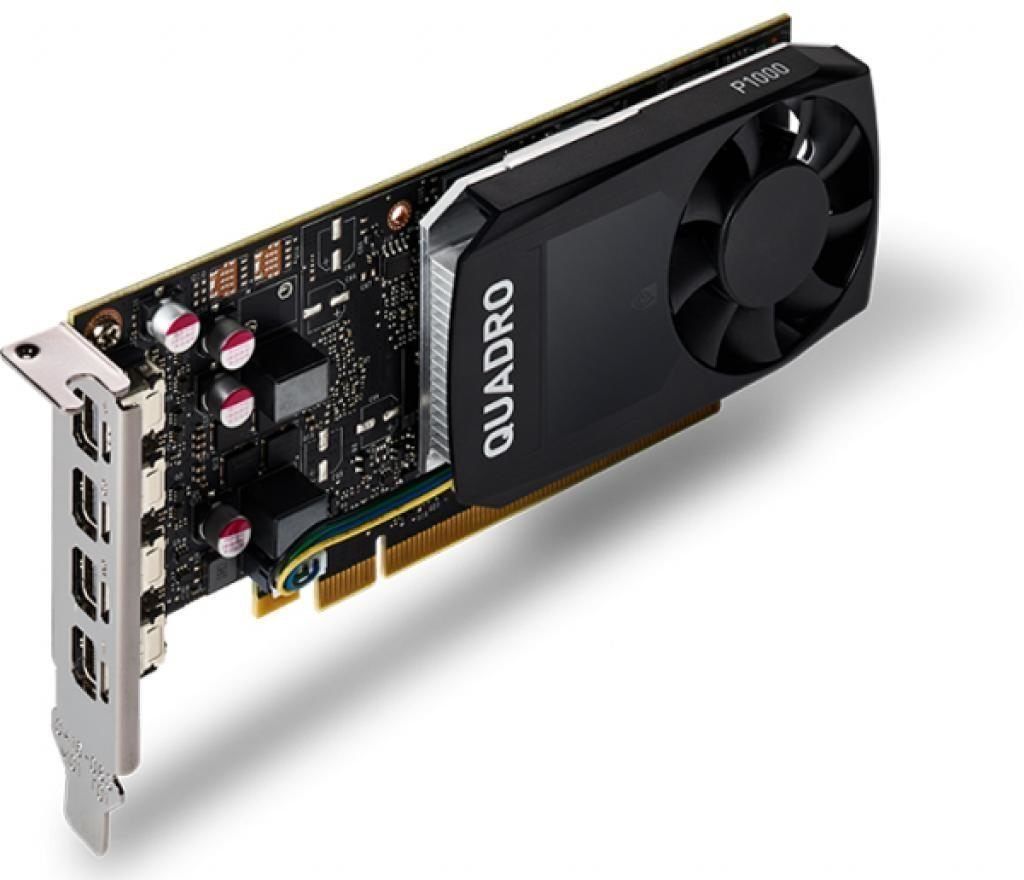
Briefly about the company and its products
The company entered the US market in 1985 as a supplier of microelectronics. The headquarters is located in the US state of New Jersey. It is engaged in the supply of reliable and high-quality OEM equipment for household and commercial use. Sales offices are currently located around the world.
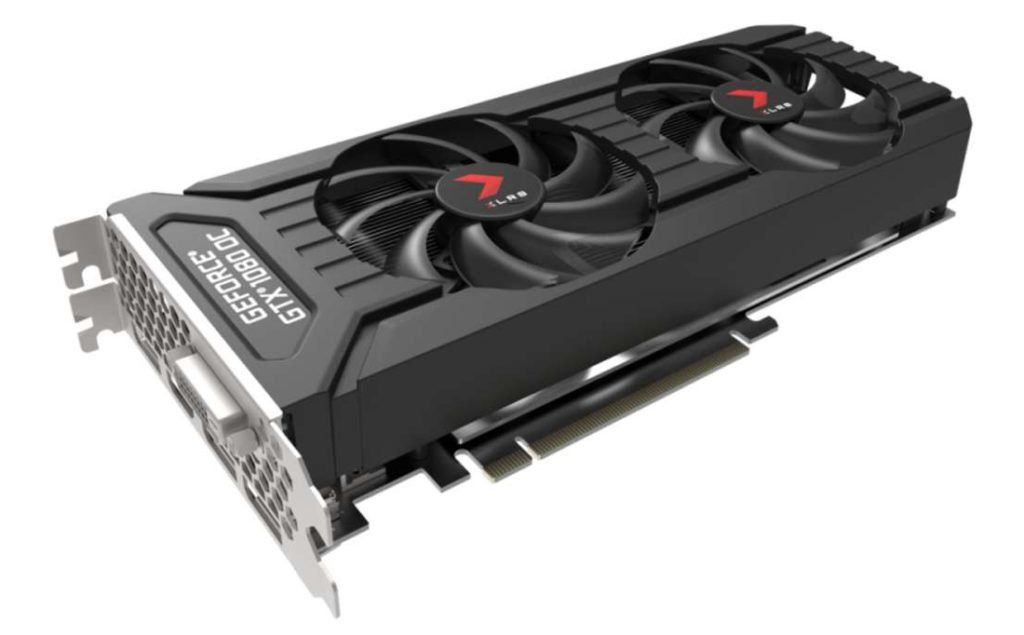
The list of supplies includes:
- DIMM memory modules DDRI, DDRII, DDRIII;
- SO-DIMM memory modules for notebooks DDRI, DDRII, DDRIII;
- Attache USB drives;
- SD drives;
- NVIDIA® Tesla®, Quadro® and GeForce® graphics cards.
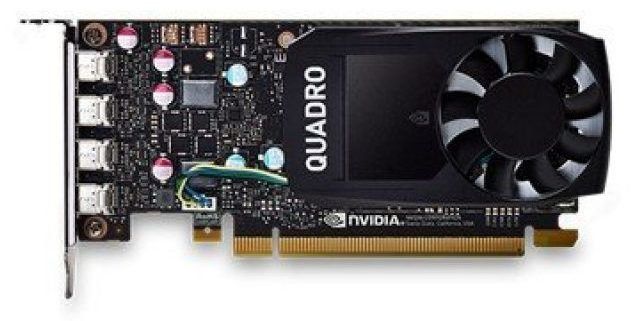
The production area of the enterprise is several hectares, in the shops of which assembly, testing, development and printing of packaging for its products are carried out. The headquarters is located on the territory of the enterprise. The logistics of supplying products starts from here.
NVIDIA® graphics
The first video cards of this brand were produced for game consoles, but with the growth of the company, production technologies developed. Two years after the company was founded, the first commercial Quadro video accelerator appears, which is not used on workstations. In 2000, the company signs a contract with Microsoft for the supply of GeForce cards for game consoles. Further, production for computers and laptops was established.
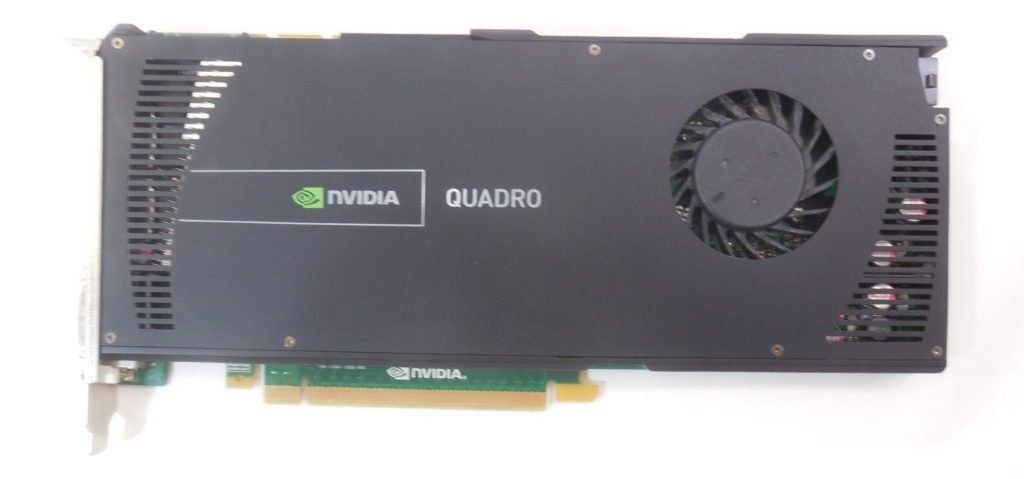
For the first time, accelerators began to use CUDA technology, which makes it possible to increase the computing capabilities on the basis of graphics cards by means of parallel computing. In 2011, the company practically ceases independent production and enters into a franchise contract with other organizations. Since then, video cards have been produced under the logos of the companies that assemble them, including the PNY brand.
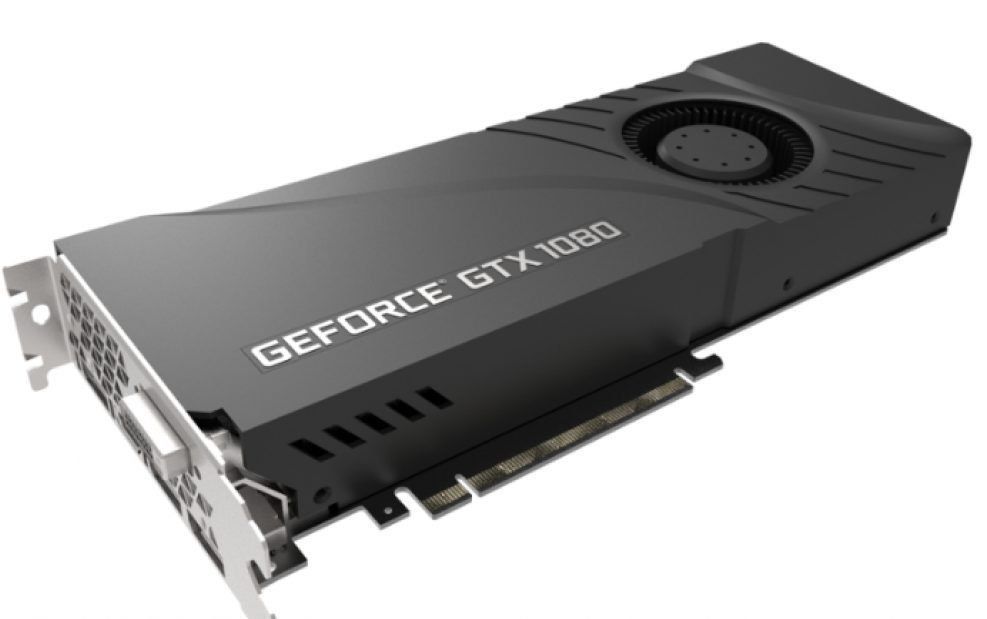
The popularity of the models of this brand is primarily due to the use of new technologies that allow working with 3D images. The cards are in special demand among gamers, designers, people professionally engaged in digital video and photo.
GeForce® Model
A popular brand of graphics processors and chipsets for motherboards of portable and stationary computers. It is mainly used for home and office personal computers for games, for working with graphic images that require large resources.
RTX 2080/2070 Series
Graphics cards based on the Turing GPU architecture and the RTX platform. Compared to previous versions of the cards in this series, the performance of this version has been increased six times. Improved rendering of game textures in real time.
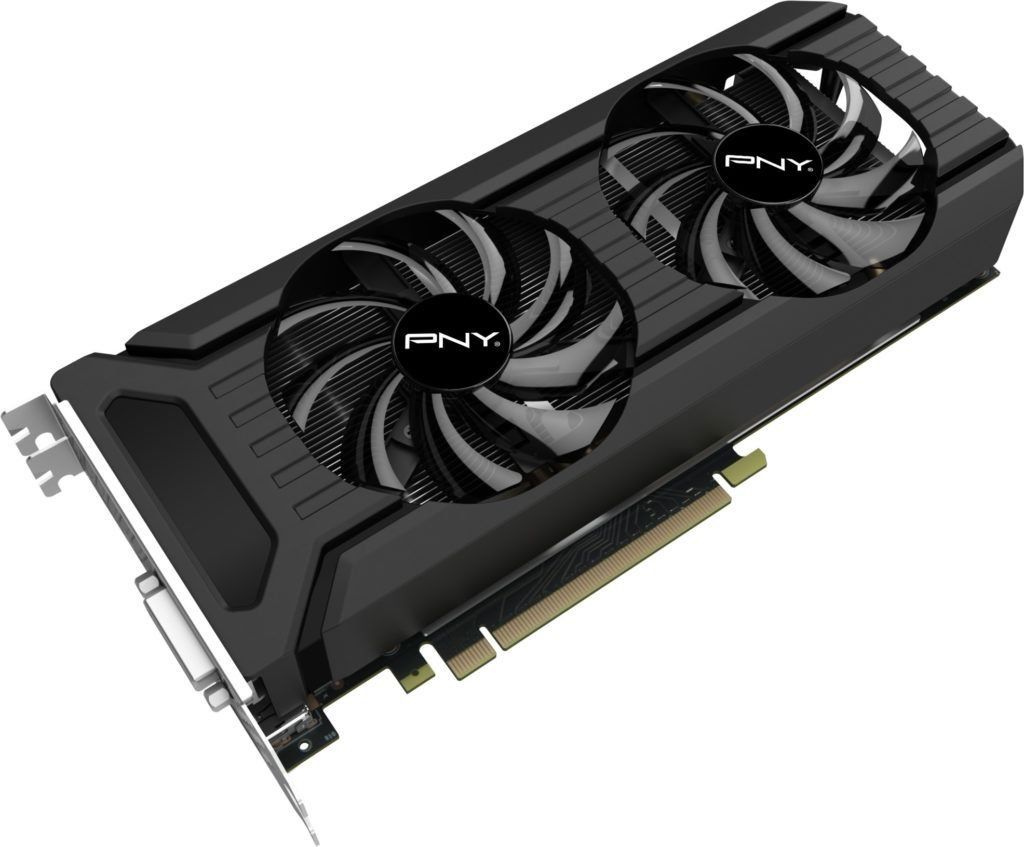
- high-quality rendering of images of video games;
- ready-made drivers for a large number of games;
- support for virtual reality;
- Built-in NVIDIA® GeForce Experience ™ technology for streaming games online, taking screenshots and recording videos;
- NVIDIA® Ansel technology tool allows you to take high-quality photos in games;
- NVIDIA® Highlights for recording online games;
- Compatible with NVIDIA® Adaptive G-SYNC ™ technology to eliminate screen tearing;
- support for console interfaces DirectX® 12 from Microsoft®, Khronos Group Vulkan and OpenGL version 4/5;
- signal interface standard 1.4 DP and 2.0-b HDMI;
- compatible with USB Type-C and VirtualLink IV;
- HDCP version 2.2 protection system for 4k video;
- NVIDIA® graphics accelerator;
- NVIDIA® NVLink internal link (SLI) logic.
The RTX 2080 series comes in several flavors. Below are tables of their technical characteristics.
| Titanium 11GB-XLR8 Dual Fan | Titanium 11GB with one fan | 8GB-XLR8 with dual fans | 8GB-XLR8 Dual Fan Gaming | 8GB -TX 208 with one fan | 8GB-XLR8 with dual fans | 8GB with one fan | |
|---|---|---|---|---|---|---|---|
| Number of CUDA cores | 4352 | 4352 | 2944 | 2944 | 2944 | 2304 | 2304 |
| Overclocking the core | 1350 MHz | 1350 MHz | 1515 MHz | 1515 MHz | 1515 MHz | 1410 MHz | 1410 MHz |
| Maximum core overclocking | 1635 MHz | 1545 MHz | 1815 MHz | 1815 MHz | 1710 MHz | 1710 MHz | 1620 MHz |
| Memory | 11GB with GDDR6 memory chip | 11GB with GDDR6 memory chip | 8GB with GDDR6 memory chip | 8GB with GDDR6 memory chip | 8GB with GDDR6 memory chip | 8 GB with GDDR6 memory chip | 8 GB with GDDR6 memory chip |
| Memory interface | 352-bit | 352-bit | 256-bit | 256-bit | 256-bit | 256-bit | 256-bit |
| Data reading speed | 616 GB / sec | 616 GB / sec | 448 GB / sec | 448 GB / sec | 448 GB / sec | 448 GB / sec | 448 GB / sec |
| Heat sink | 285 watts | 285 watts | 285 watts | 285 watts | 285 watts | 185 watts | 175 Watt |
| Scalable communication interface | NVLink 2-way | NVLink 2-way | NVLink 2-way | NVLink 2-way | NVLink 2-way | Not supported | Not supported |
| Video Output Standards | DispPort 1.4, HDMI 2.0-b, USB Type C | DispPort 1.4, HDMI 2.0-b, USB Type C | DispPort 1.4, HDMI 2.0-b, USB Type C | DispPort 1.4, HDMI 2.0-b, USB Type C | DispPort 1.4, HDMI 2.0-b, USB Type C | DVI-D, DispPort 1.4, HDMI 2.0-b, USB Type C | DisPort 1.4, HDMI 2.0-b, DVI-D |
| Multiple windows | available | available | available | available | available | available | available |
| Maximum resolution | 7680х4320 at 60 Hz | 7680х4320 at 60 Hz | 7680х4320 at 60 Hz | 7680х4320 at 60 Hz | 7680х4320 at 60 Hz | 7680х4320 at 60 Hz | 7680х4320 at 60Hz |
| Tire | 2x8-pins | 2x8-pins | 1x6 pin and 1x8 pin | 1x 6-pin and 1x 8-pin | 1x6-pin and 1x8-pin | 1x8-pins | 1x8-pins |
| Bus type | PCIE3.0 | PCIE3.0 | PCIE3.0 | PCIE3.0 | PCIE3.0 | PCIE3.0 | PCIE3.0 |
| Card dimensions | 1.73x 12.36x5.04 | 1.65x 11.06x5.04 | 1.57x 11.50x4.41 | 1.57x 11.50x4.41 | 1.65x 11.06x5.04 | 235х112 | 281x128 |
| Width | double slot | double slot | double slot | double slot | double slot | double slot | double slot |
| The virtual reality | available | available | available | available | available | available | available |
| Price, $ / rub | 1 670/103 130 | 948/104 00 | 1 203/61 290 | 799/59 140 | 948/64 100 | 629/59 140 | 948/64 100 |
GTX 1070/1080 series
New flagship graphics card based on NVIDIA Pascal architecture. It is the latest version of gaming graphics cards with improved rendering of game textures, an array of GDDR5X swap memory and virtual reality technology.
- simultaneous multi-projection;
- virtual reaction;
- Ansel technological tool;
- support for SLI connection and HB Bridge type;
- Compatible with screen burst sync technology;
- GameStream technology;
- accelerator GPU Boost series 3.0;
- Microsoft DirectX-12 support, Vulkan plugins and 3D Open GL;
- bus РСIE 3.0;
- certified for Windows and Linux;
- maximum resolution: 7680x4320 at 60 Hz;
- video outputs: HDMI 2.0-b, DP 1.4, DLDVI and HDCP type 2.2;
- Support for the latest DP type 1.4 interface.
Below is a table of characteristics.
| 1080 Titanium with one fan | 1080 XLR8 | 1080 XLR8 | 1080 FOUNDERS release | 1080 with one fan | 1070 Titanium Dual Fan | 1070 XLR8 with two fans | |
|---|---|---|---|---|---|---|---|
| Number of CUDA cores | 3584 | 2560 | 2560 | 2560 | 2560 | 1607 | 1920 |
| Basic overclocking | 1480 MHz | 1708 MHz (vs 1607) | 1620 MHz | 1607 MHz | 1607 MHz | 1683 MHz | 1518 MHz |
| Maximum acceleration | 1582 MHz | 1848 MHz (vs 1734) | 1759 MHz | 1,733 MHz | 1734 MHz | 1708 MHz | 1708 MHz |
| Standard memory configuration | 11 GB with GDDR5X memory chip | 8GB with GDDR5X memory chip | 8GB with GDDR5X memory chip | 8GB with GDDR5X memory chip | 8GB with GDDR5X memory chip | 8GB with GDDR5 memory modules | 8GB with GDDR5 memory modules |
| Memory interface | 352-bit | 256-bit | 256-bit | 256-bit | 256-bit | 256-bit | 256-bit |
| Memory speed | 11 GB / sec | 10 Gb / s | 10 Gb / s | 10 Gb / s | 320 GB / sec | 256 GB / sec | 8 GB / sec |
| Card power | 250 Watt | 190 Watt | 190 Watt | 180 Watt | 180 Watt | 180W | 180 Watt |
| SLI connection | SLI connection / HB-Bridge bridge | SLI connection / HB-Bridge bridge | SLI connection / HB-Bridge bridge | SLI connection / HB-Bridge bridge | SLI connection / HB-Bridge bridge | SLI connection / HB-Bridge bridge | SLI connection / HB-Bridge bridge |
| Video connector | DP1.4, HDMI2.0b | DP1.4, HDM2.0b, DLDVI | DP1.4, HDMI2.0b, DLDVI | DVI, DP1u4, HDMI | DP1.4, HDMI2.0b, DLDVI | DP1.4, HDMI2.0b, DLDVI | DP1.4, HDMI2.0b, DLDVI |
| Resolution | 7680х4320 at 60 Hz | 7680х4320 at 60 Hz | 7680х4320 at 60 Hz | 7680х4320 at 60 Hz | 7680х4320 at 60 Hz | 7680х4320 at 60 Hz | 7680х4320 at 60 Hz |
| Tire | 6-pin, 8-pin | 1x8-pin PCIE | 1 × 8-pin PCIE | 1xPCIE 8-pin | 1 × 8-pin PCIE | one 8-pin | 1 × 8-pin PCIE |
| Standard support | PCIE generation 3.0 | PCIE3.0 16x | PCIE3.0 16x | PCIE3.0 16x | PCIE3.0 16x | PCIE3.0x16 | PCIE3.0x16 |
| Price, $ / rub. | 699/51 401 | 499/58 899 | 924/32 650 | 699/51 401 | 699/51 401 | 499/58 899 | 924/32 650 |
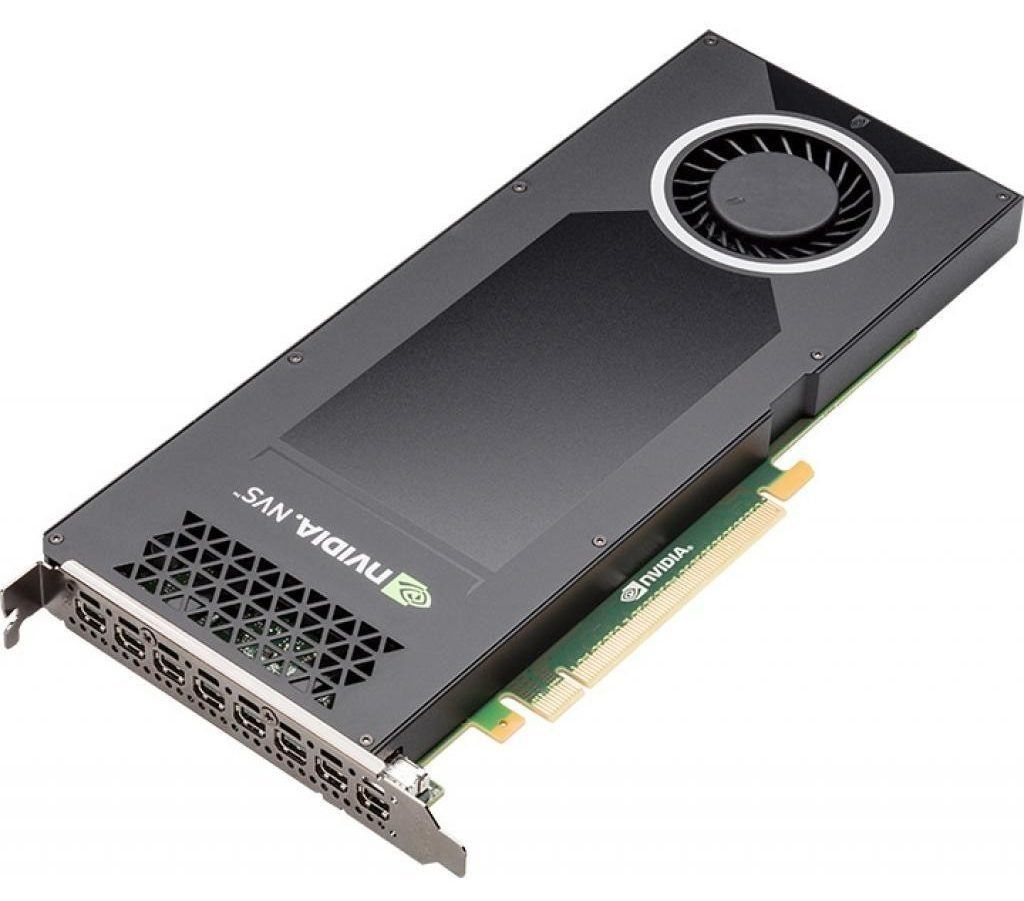
Support for PCIE generation 3.0 PCIE 3.0 16x PCIE 3.0 16x PCIE 3.0 16x PCIE 3.0 16x PCIE 3.0 × 16 PCIE 3.0 × 16
The series belongs to the middle price category and has less performance than their expensive counterparts.
QUADRO® model
Performance cards based on Turing architecture and RTX platform. They are used at workstations with high computing power. Designed for use by professional graphic designers and artists where performance, color fidelity and large memory are important. This efficiency was achieved thanks to the use of RT and Tensor and Volta cores, as well as due to cloud graphics computing technology and deep analysis systems, which allow working with software products like FEA, CFD, CEM and others that use graphics code for analysis.
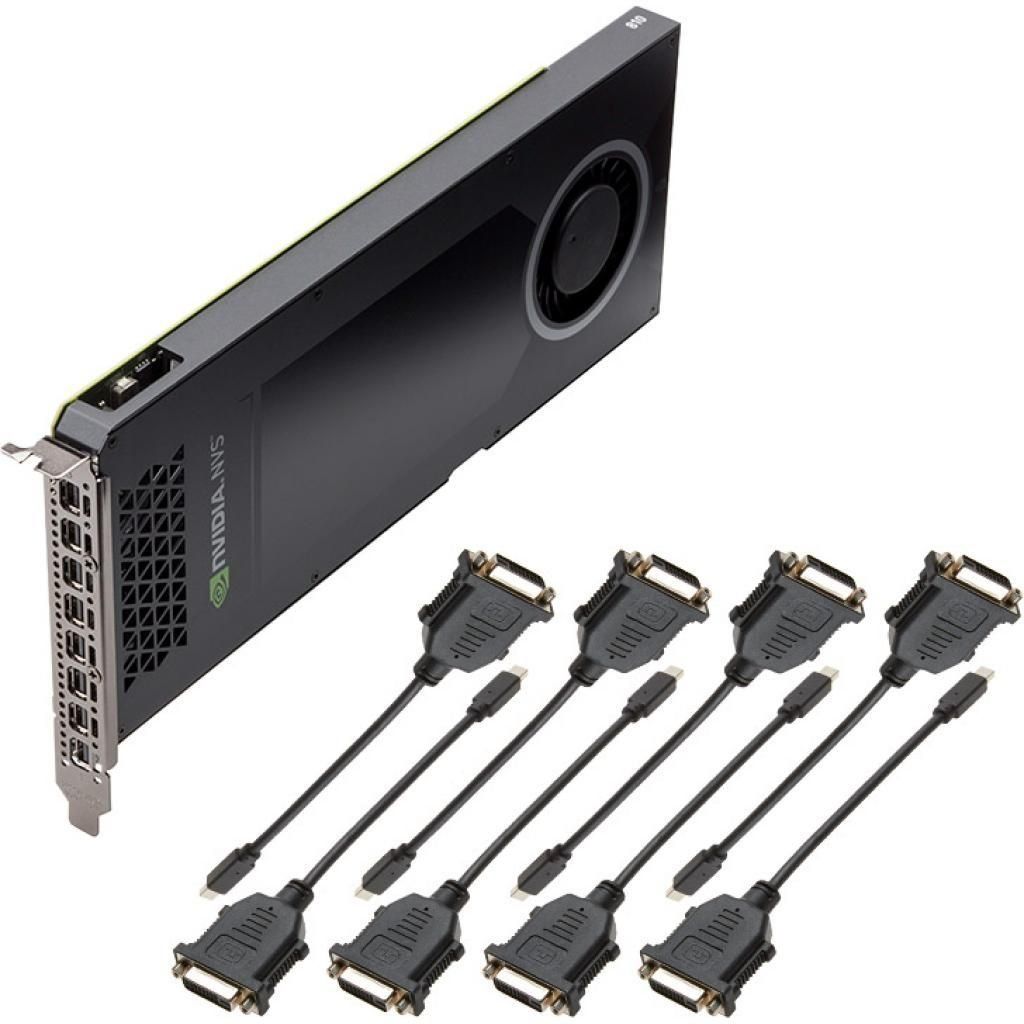
Table of characteristics of video cards with RT cores.
| RTX-6000 | RTX-5000 | |
|---|---|---|
| Number of CUDA cores | 4608 | 3072 |
| Number of NVIDIA RT cores | 72 | 48 |
| # Of NVIDIA Tensor cores | 576 | 384 |
| Memory | 24 GB GDDR6 with ECC | 16 GB GDDR6 with ECC |
| RTX-OPS | 84T | 62T |
| Raycasting | 10 Gigaluchi / sec | 8 Gigaluch / sec |
| Peak performance FP32 | 16.3 TFLOPS | 11.2 TFLOPS |
| Peak performance FP16 | 32.6 TFLOPS | 22.3 TFLOPS |
| INT8 peak performance | 206.1 TOPS | 178.4 TOPS |
| Deep Learning Technique TFLOPS | 130.5 Tensor TFLOPS | 89.2 Tensor TFLOPS |
| Graphics scalability | NVLink | NVLink |
| NVLink channel | 100 GB / sec | 50 GB / sec |
| Memory channel | 624 GB / sec | 870 GB / sec |
| System interface | PCIE3.0x16 | PCIE3.0x16 |
| Power consumption | 295 watts | 265 watts |
| Form factor | 4.4x10.5, double slot | 4.4x10.5, double slot |
| Video connector | DP1.4, VirtualLink | DP1.4, VirtualLink |
| Single link DVI-D connector | yes, with an adapter | yes, with an adapter |
| Support HDMI CONNECTOR | yes, with an adapter | yes, with an adapter |
| Number of screens | 4 | 4 |
| Maximum underpressure DP 1.4 | HDR 7680х4320 @ 60 Hz | HDR 7680х4320 @ 60 Hz |
| 5K video support | HDR 5120x2880 @ 60 Hz | HDR 5120x2880 @ 60 Hz |
| 4K video support | HDR 4096x2160 or 3840x2160 @ 120Hz | HDR 4096x2160 or 3840x2160 @ 120Hz |
| Maximum resolution of DVI-D DL | 2560x1600 at 60 Hz | 2560x1600 at 60 Hz |
| Maximum resolution of DVI-D SL | 1920x1200 @ 60 Hz | 1920x1200 @ 60 Hz |
| HDCP support | Yes | Yes |
| Quadro Sync II compatible | Yes | Yes |
| NVIDIA GPU Direct Compatible | Yes | Yes |
| Graphics API | Shader, DirectX, Vulkan, OpenGL | Shader, DirectX, Vulkan, OpenGL |
| Computing API | CUDA; direct computation and 3D OpenCL | CUDA, direct computation and 3D OpenCL |
| MOSAIC | available | Available |
| NVIEW | available | available |
| Price, $ / rub. | 6 299/420 00 | 2 299/153 000 |
Graphics cards rating
There are often questions on the forums: how to choose a card in terms of price and quality, which firms are better, what criteria for choosing good accelerators, and many others. There is also a controversial opinion that even the simplest electronics can outperform expensive ones. While graphics devices with CUDA technology quickly dispel these myths, the benefits of the rest depend on their performance and speed, memory size and operating frequency.
Below is a table of ratings of graphics devices by their average cost.
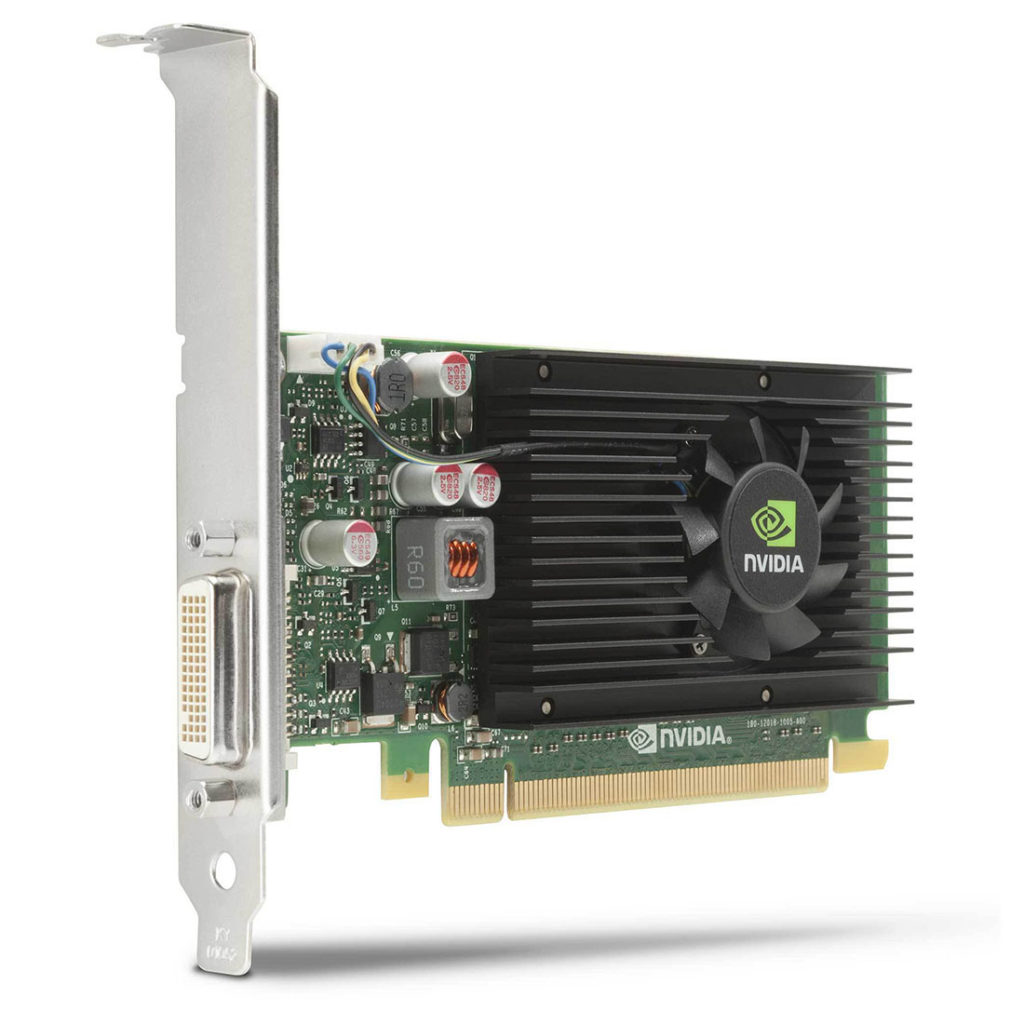
| Position | Name | Price, $ |
|---|---|---|
| 1 | Quadro RTX-6000 | 6300 |
| 2 | Quadro RTX-5000 | 2300 |
| 3 | GeForce RTX-2080 | 1200 |
| 4 | GeForce RTX-2070 | 1200 |
| 5 | GeForce GTX-1080 | 700 |
| 6 | GeForce GTX-780 | 700 |
| 7 | GeForce GTX-1070 | 550 |
| 8 | GeForce GTX-680 | 400 |
| 9 | GeForce GTX-1060 | 330 |
| 10 | GeForce GTX-970 | 300 |
Professional video cards are in the upper price segment, but they have higher performance, support many technologies for working with photo and video materials. This is their advantage over basic digital data visualization devices.
As for the base cards, their differences in frequency and performance are not very different.The range of prices is more likely caused by the availability of functionality and the amount of memory, as well as the introduction of new technologies.
Overview of video cards
The bandwidth of the Quadro processors is higher than that of the GeForce gaming processors. Therefore, in working with CAD applications, they work much faster, sharpened to use OpenGL. This is noticeable in the speed of rendering 3D graphics. However, for many 3D design plugins, there are no optimized drivers that can degrade performance even on powerful devices. For this reason, some software developers are beginning to abandon the use of specialized drivers, so ordinary game cards are quite capable of rendering. As for the SLI and CrossFire communication systems, game card users bypass dual-core solutions, preferring that their cards work not in a bundle, but separately from each other. The separate operation of video cards allows the use of different third-party models.
The presented new items work on the Turing architecture, but in all respects it resembles the Volta. As experts suggest, the company simply decided to give a new name, slightly changing the functionality. The number of transistors reaches 18 billion, which equates to 4608 CUDA cores. The company announced its products as a ray tracing solution, which is 10 Gig / sec for the RTX 6000 model. NVLink interface allows the use of graphics cards in a bundle, which improves overall performance.
The use of the abbreviations RTX and GTX in product names is primarily due to the use of new RTX and GTX technologies based on the Pascal ray tracing architecture. The innovation takes visualization to a whole new level. This is a completely different technique of reflecting models, darkening, refraction and transmission of light, the appearance of shadows.
Reviews
In their reviews on the markets, buyers note that the cards do not heat up much, they have a good cooling system with several fans. Water-cooled boards do not get hot at all, which keeps their high performance constant. Coolers work very quietly and do not interfere with work. They are an excellent solution for working with 3D design software. The price corresponds to the quality, but there are cheaper analogues from other manufacturers. At times, there are problems with the drivers that crash after a while. Consumes a lot of electricity.
The advantages of the boards include:
- high performance;
- good cooling system;
- good image quality.
Many users note that such cards should be taken for games and programs that require large system resources.
The disadvantages include:
- high price;
- poor quality of drivers;
- high power consumption.
Earlier models do not have sufficient cooling, which leads to overheating of the board and reduced performance.
Conclusion
In comparison with models of the same class of early generations, the increase in performance is obvious. It is increased by six, when cards from other manufacturers show an increase of only 15%. Flagship innovations allow you to play all existing games with 4k video resolution.
new entries
Categories
Useful
Popular articles
-

Top rating of the best and inexpensive scooters up to 50 cubic meters in 2020
Views: 97661 -

Rating of the best materials for noise insulation for an apartment in 2020
Views: 95022 -

Rating of cheap analogues of expensive medicines for flu and colds for 2020
Views: 91751 -

The best men's running shoes in 2020
Views: 87681 -

Top ranking of the best smartwatches 2020 - price-quality
Views: 85091 -

Best Complex Vitamins in 2020
Views: 84801 -

The best dye for gray hair - 2020 top ranking
Views: 82406 -

Rating of the best wood paints for interior use in 2020
Views: 77202 -

Ranking of the best action cameras from China in 2020
Views: 75269 -

Rating of the best spinning reels in 2020
Views: 74827 -

The most effective calcium supplements for adults and children in 2020
Views: 72463 -

Top rating of the best in 2020 means for male potency with a description
Views: 68296

